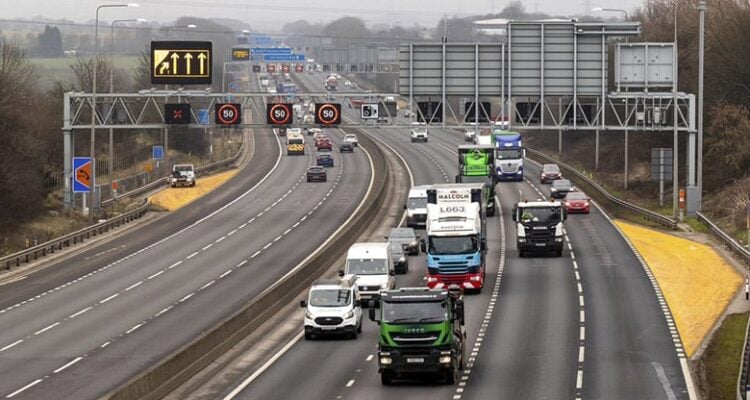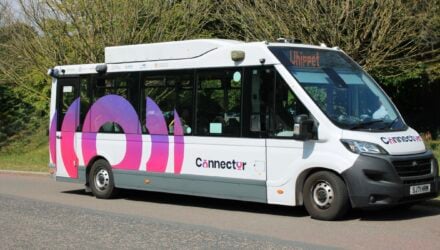National Highways has issued a response to a BBC Panorama programme on smart motorways, saying it is absent of key information and relevant context.
The programme, which aired on 22 April, called into question the reliability of the safety technology used on smart motorways.
It quoted figures, obtained via a Freedom of Information request, which show that between June 2022 and February 2024 there were 397 incidents when smart motorways lost power, impacting the technology used.
The programme also raised concerns over the dangers of breaking down on a smart motorway without a hard shoulder.
In a statement, National Highways says BBC Panorama’s coverage on smart motorways and the technology deployed on them is ‘absent of key information and relevant context, despite National Highways engaging closely with the producer and responding extensively to the points raised’.
This relates to a specific assertion made on numerous occasions that: ‘The latest figures suggest if you break down on a smart motorway without a hard shoulder, you’re three times more likely to be killed or seriously injured than on one with a hard shoulder’.
National Highways says most incidents (96.1%) across the strategic road network are single vehicle collisions or incidents involving two or more moving vehicles. The rest of the collisions, which form a very small proportion of all incidents (3.9%), involve moving vehicles colliding with stopped vehicles.
It notes that small datasets can be very sensitive to small changes – adding that as stopped collisions are a small proportion of all collisions across all roads, ‘these should always be considered within a broader context’.
With specific regards to lost power, National Highways says it has ‘well-rehearsed contingency plans for both planned and unplanned outages’.
These include lowering speed limits, increasing patrols by traffic officers, enhanced monitoring of CCTV, and using pre-positioned vehicle recovery to speed up attendance and clearance of stranded vehicles.
National Highways also stresses it is fulfilling the commitment to build at least 150 emergency areas ‘as quickly and efficiently as possible’.
National Highways said: “To state clearly at the outset, safety is National Highways’ highest priority, and our motorways are statistically some of the safest in the world. There is still work to do as every death is a tragedy and every serious injury a life changed. We accept that we need to help everyone feel confident when using smart motorways.
“Smart motorways were introduced to provide extra capacity on some of our busiest and most congested sections of motorway, and the latest safety data shows that, overall, in terms of serious or fatal casualties, smart motorways are our safest roads.
“We are taking action to close the gap between how drivers feel and what the safety statistics show by increasing the number of emergency areas, delivering education campaigns, and improving the resilience of our operational technology systems.”




















Michael Large
( Tuesday, April 30, 2024 - 07:42 )
Is the A14 a smart motorway as it has three live lanes and no hard shoulder?
Last week one of our trucks (a 16 tonne rigid ) got a blowout on a front off side tyre and was stuck in the inside live lane. Our driver immediately got to safety behind the barrier and the Police were called. They responded within minutes. In the meantime I was watching the vehicle’s rear facing live camera and it was a frightening experience. On several occasions
trucks approaching at speed came within 50m before swerving to avoid a collision. As our driver had put on her hazard lights before getting out there was nothing else she could do to avoid possible collisions. We had the truck recovered to a safe off road location to replace the tyre but it was over an hour in the live lane and even with Police presence the danger remained.
I believe the following morning there was a multiple vehicle crash which closed the A 14 for most of that day. (25th April)